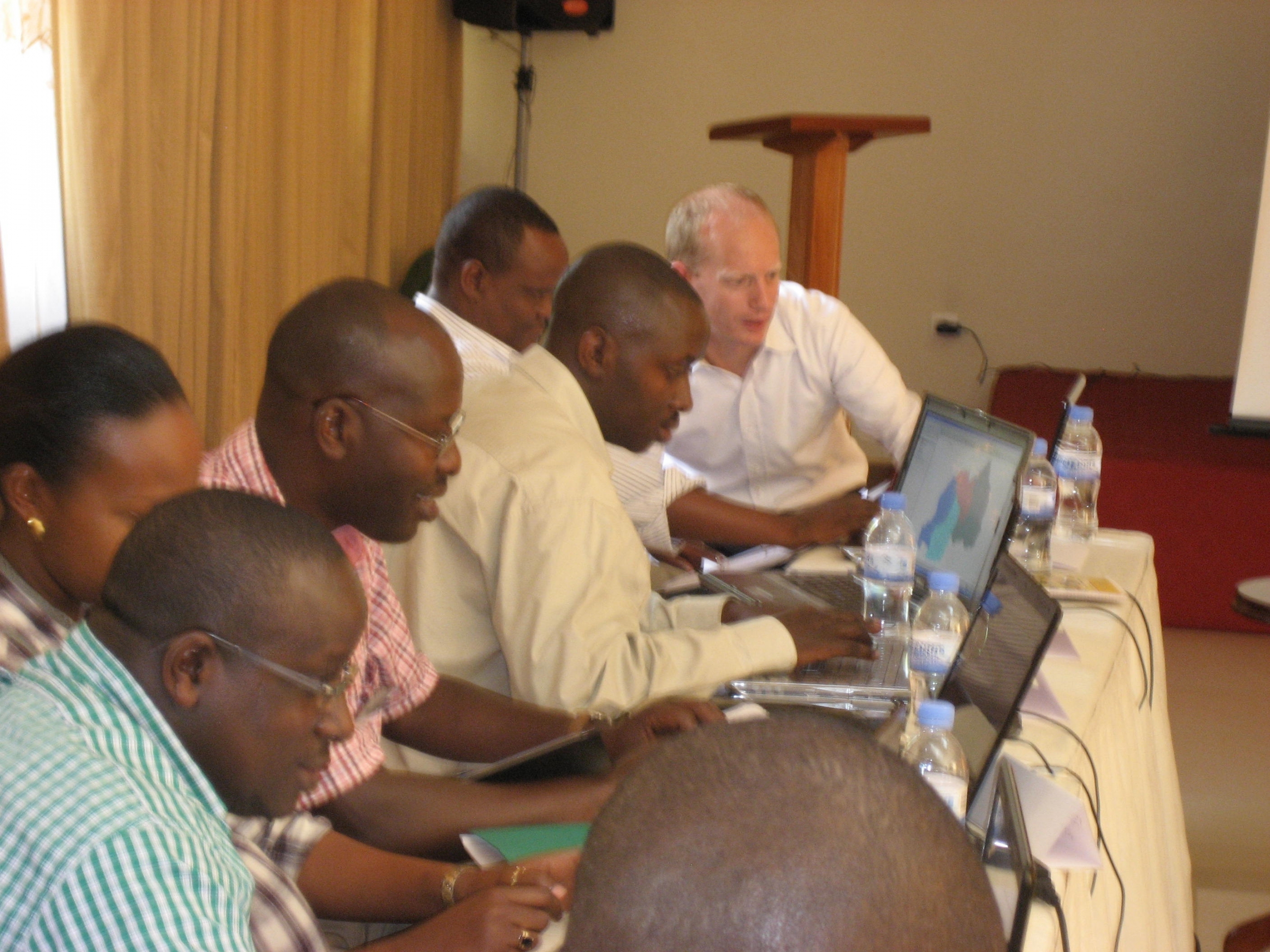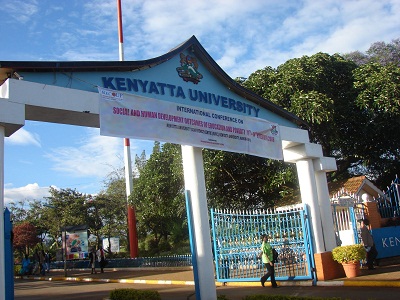The world of ICT is expanding into the health sector, and their interactions are garnering more and more attention by the day. Therefore, we must be mindful of the beginnings and demarcations of ICT usage in health. After all, we can’t know where we are going unless we know where we came from.
Current ICT for health news in the developing world is dominated by initiatives using mobile telephony; the bread and butter of mHealth. This is not a total shock since over 85% of the world now has mobile coverage. Moreover, there are over 5 billion people on Earth with a mobile phone, and 3.5 billion of them are in developing countries. As a result, mHealth initiatives are booming in developing countries, especially in Africa and South Asia.
But what about other forms of ICTs that play a role in healthcare? What are they and how do they work? This crash course on the intersection between ICT and Health will explore the different avenues within that intersection and how to distinguish them from one another to prevent confusion.
Avenues of ICT and Health
Avenues are the different types of structured practices that implement ICTs in the health field. An avenue in the intersection of ICT and health will utilize old technologies, new technologies or a convergence of both in a structured and systematic way to achieve positive health outcomes. These are the different avenues:
eHealth: The term eHealth refers to the practice of using and being supported by electronics in healthcare. eHealth is the umbrella concept for many other avenues of ICT and health such as telemedicine and mHealth. The term is interchangeably used with health informatics by some experts. The term characterizes a way of thinking, an attitude, and a commitment for networked, global thinking, to improve health care locally, regionally, and worldwide by using information and communication technology. According to the World Health Organization (WHO), eHealth is the quintessential embodiment of the intersection of ICTs and health. Electronic health record systems, health information systems, mHealth and telemedicine all fall under the jurisdiction of eHealth.
Telemedicine: Technically, telemedicine has been around for decades, ever since doctors on one end of the phone have consulted patients on the other end of the phone. It pertains to providing remote clinical care through forms of telecommunication and information technologies. What distinguishes telemedicine from telehealth, since they are sometimes incorrectly used interchangeably, is that the former delivers clinical care while the latter offers clinical and non-clinical care such as health research and education. Telemedicine services include live patient consultation over phone or video, remote patient monitoring, medical and health information acquisition, and emergency telemedicine.
mHealth: Also called mobile health, mHealth is a form of eHealth that uses mobile devices such as mobile phones and PDA’s for health services. The Global Observatory for eHealth (GOe) defined mHealth as medical and public health practice supported by mobile devices, such as mobile phones, patient monitoring devices, personal digital assistants (PDAs), and other wireless devices. mHealth capitalizes on mobile telecommunication services such as SMS, general packet radio service (GPRS), third and fourth generation mobile telecommunications (3G and 4G systems), global positioning system (GPS), and Bluetooth technology.
Health Informatics: This is the field that aims to analyze the information needs of consumers, implement ways to disperse information to consumers and health professionals, and integrate consumer preferences into medical information systems. The field uses devices, resources and methods to store, obtain, retrieve, and disseminate information for healthcare purposes. Health informatics mostly uses computers but also takes advantage of clinical guidelines, advanced medical devices, and ICT services.

















































